F1: Canadian GP Preview
The F1 team are preparing for the comeback of the Canadian Grand Prix after an enforced two-year absence, marking Round 9 of the 2022 FIA Formula 1 World Championship.
Canada joined Formula 1’s calendar in 1967, alternating between Mosport Park and Mont-Tremblant, before setting up a permanent home on the Île Notre Dame, a man-made island that straddles the Saint Lawrence River in Montreal.
The island, which was constructed for Montreal’s Expo 67, is part of the Parc Jean-Drapeau, and its circuit has borne the name of Canadian hero Gilles Villeneuve since his untimely death in 1982. The circuit is just a short metro ride from the vibrant downtown districts of Montreal and the city fully embraces Formula 1 to make the grand prix one of Canada’s leading sporting events.
The Circuit Gilles Villeneuve is known for its high-speed sections, medium-speed chicanes, and a couple of heavy braking zones that put a focus on straight-line prowess and stopping power. The exit of the final chicane is dubbed the Wall of Champions, owing to the number of high-profile racers that have suffered weekend- ending damage at the unforgiving complex. The track surface itself has also been susceptible to causing high tire degradation and wear, a situation accentuated by Montreal’s weather extremes, with long hot summers counterbalanced by freezing winters.
Track evolution is high, given the Circuit Gilles Villeneuve’s infrequent usage, an element that will be heightened after Formula 1’s two-year absence. The wildlife can also pose a problem; groundhogs have been known to wander from the bushes and onto the track – a situation which has previously damaged front wings and caused worse outcomes for the small creatures.
Circuit Factoids
The Circuit Gilles Villeneuve will be hosting a Formula One race for the 41st time, although there have actually been 50 Canadian Grands Prix to date, with the inaugural race having been held at Mosport Park in 1967. The event was contested there on seven other occasions, and the remaining two races on Canadian soil were staged at Mont-Tremblant.
Michael Schumacher and Lewis Hamilton are the most successful drivers in Montreal, with a tally of seven wins and six pole positions each to their credit.
The top team in this event is McLaren, with 13 wins to date, one ahead of Ferrari (12). The Mercedes F1 factory team has won the Canadian Grand Prix four times so far (2015-2019), with Lewis at the wheel of the Silver Arrow on each occasion. In total, Mercedes powered-cars have won ten times on the Île Notre-Dame; only Ford and Ferrari engines have registered more victories – twelve winners’ trophies each.
The absolute lap record on the 4.36km circuit stands at 1:10.240 minutes, set by Sebastian Vettel in the 2019 qualifying, while the fastest race lap was clocked by Valtteri Bottas (1:13.078 minutes in 2019).
The 14 corners of the Circuit Gilles Villeneuve comprise six left-hand turns and eight right-handers. As in Baku, most of the corners are within a similar speed range, which is at the lower end of the scale compared to the rest of the circuits on the racing calendar. Unlike Baku, however, most corners in Montreal come as a double change of direction (left/right or right left combinations) that require good responsiveness from the car.
The Circuit Gilles-Villeneuve is traditionally regarded as very tough on brakes, similar to the Austrian GP. However, there are usually fewer cooling problems in Canada than at Spielberg because the lap distance is greater and there is more time for the brakes to dissipate temperature.
The 404-meter pit lane is among the top third of all circuits this season in terms of length. Even so, the time expended during a pit stop is relatively small, as the drivers are spared the inconvenience of going through the last chicane, instead entering the pit lane directly. Furthermore, the pit exit is in Turn 2, which means they don’t have to negotiate the first corner either.

Although the track surface in Montreal is quite smooth, tire degradation in the race is traditionally high. Combined with the track characteristics, which are of a stop-go nature, this improves the chances of overtaking and generally gives rise to an entertaining race.
With the constant cycle of heavy braking and equally heavy acceleration, the track takes its toll on the hybrid components of the powertrain, with many long deployments followed by big charging events. In the course of a single lap, there are three strong braking events that generate forces greater than 4 G for a duration of more than 0.4 seconds.
Safety cars are a high risk in Canada due to the proximity of the walls and little runoff area they provide.
Track Insight and Speed
Track position: The pace advantage required to pass at Montreal is low and 75% of overtakes make use of DRS. However, a short lap means the field is much closer together than at races such as Azerbaijan, making it more difficult to build an advantage over those behind.
Strategy: Canada has the shortest pit-loss time of the year at just 18 seconds, meaning multi-stops are more manageable. That said, in 2019, only three drivers made more than one stop. Pirelli is bringing the C3, C4 and C5 – the softest tire compounds – for the third race in a row.
Safety Cars: The rate of Safety Car and Virtual Safety Car deployment is below average for the season: just four of the races since 2010 have had a full SC, including the extreme wet race in 2011. There has only been one red flag in that time, also during the rain in 2011.
Maple Syrup: The Province Of Quebec Produces Around 70% Of The World’s Maple Syrup
Longest Race: The Longest F1 Race Ever Was Here In The Extreme Wet In 2011, At 244 Minutes (4hr 4m)
Short Run: At 250m, The Length Of The Straight From Pole To Turn One Is Shorter Than Average
Unlocking the Lap

The heavy braking at the hairpin of L’Epingle at Turn 10 makes this a popular overtaking spot for those who can pull off a move on entry. This is followed by the long acceleration of the Casino Straight and the fastest part of the track, where drivers reach speeds of 330km/h.
Yet most will know the Circuit Gilles Villeneuve for the Wall of Champions that immediately follows the iconic Turn 13/14 chicane. If all goes well, this right-left complex is the perfect slingshot into the next lap.
Get it wrong, however, and you’ll follow the likes of Jacques Villeneuve, Damon Hill and Michael Schumacher into an unyielding concrete wall…
Pirelli Tires
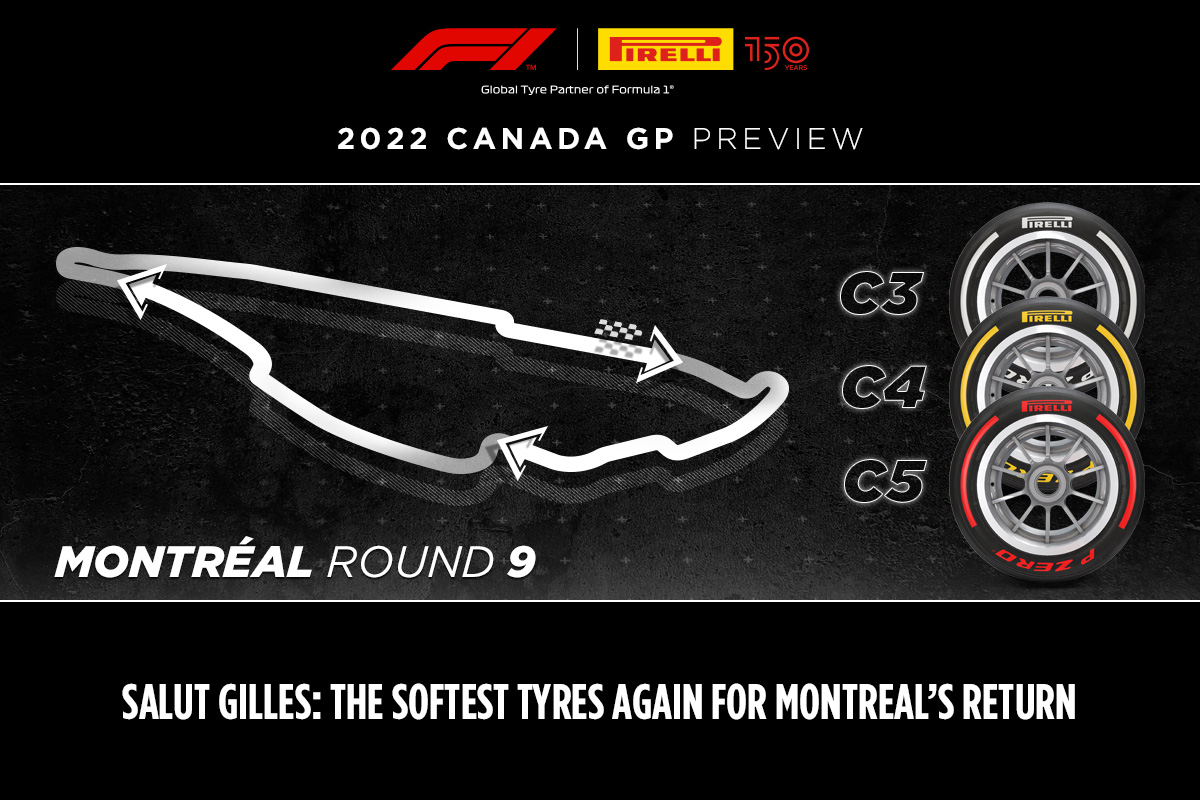
Canada will pose a number of question marks for the teams: the weather is often variable, all previous data is three years old, and we have a completely different range of tires with new compounds and structures, on a track that is hardly ever used – which will lead to a very high degree of evolution.
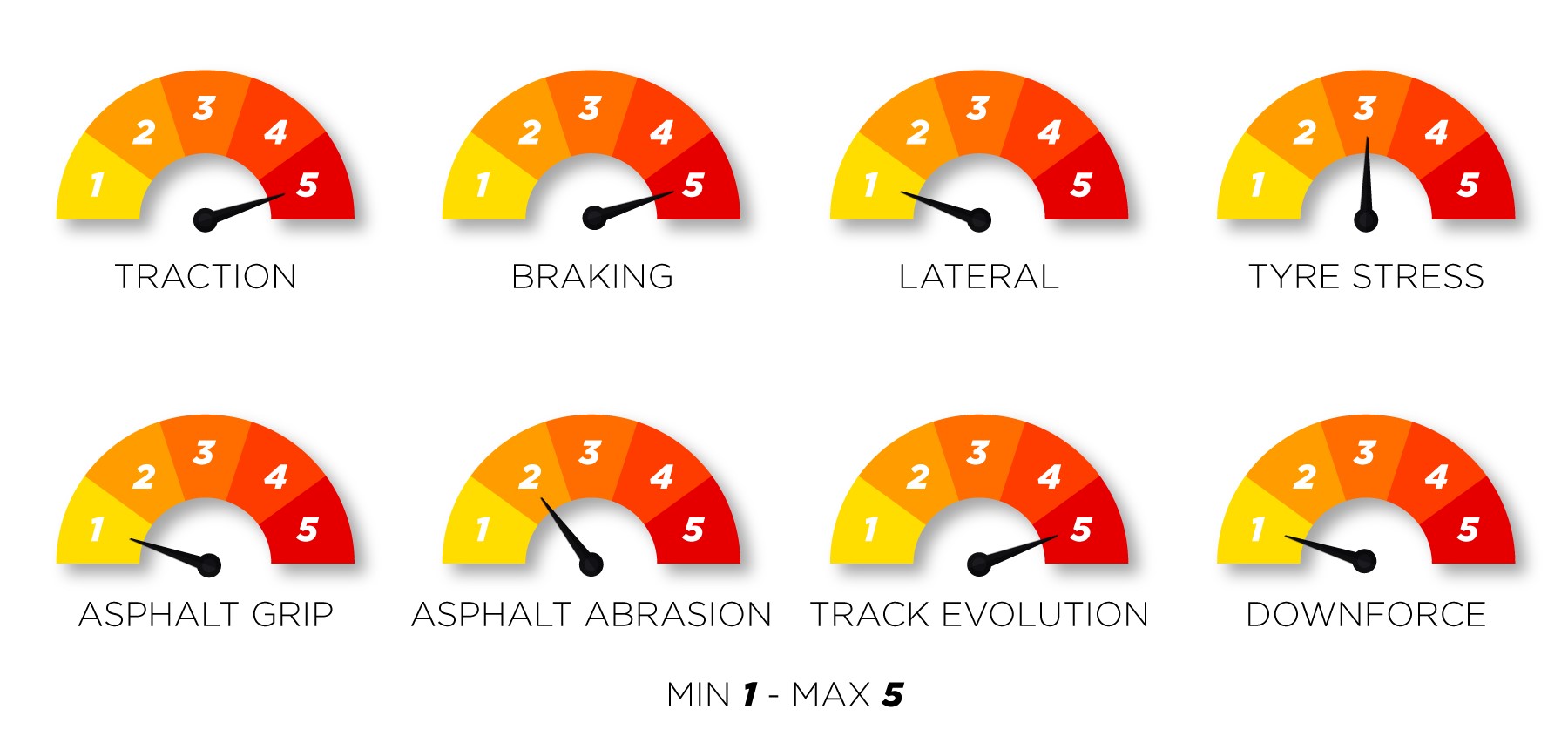
Compared to their last visit to Montreal, the drivers should find compounds that are more stable with a wider working range, enabling them to push harder throughout each stint with a much lower risk of overheating. One interesting aspect to Montreal is that it has one of the lowest pit lane time loss penalties on the calendar, meaning that a car can be in and out of the pit lane in less than 20 seconds. This could open up a few options in terms of strategy.
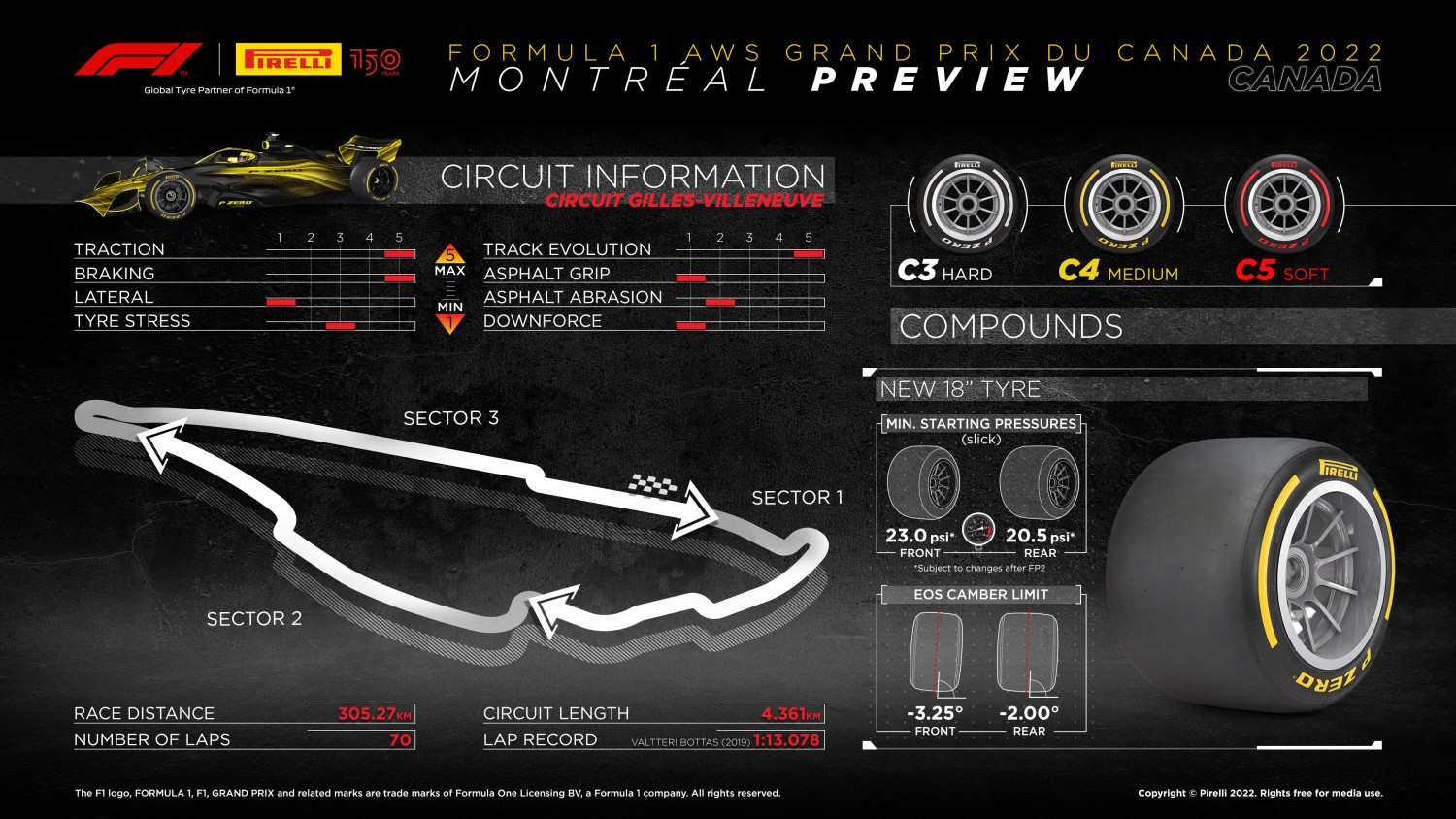
Pierre Gasly’s View
Canada is another street circuit and I think that this year, the Montreal circuit will be really challenging, especially with these new cars that are very stiff, much more so than their predecessors. The big curbs and the high speeds will be a real test as will the final corner and the famous Wall of Champions! We will have to avoid the curbs a lot more, whereas in the past you needed to ride over them to do a quick lap. Although it’s another street circuit like the last two races, it’s a much faster layout with quicker corners. On paper that suggests it might be a bit more complicated for our car, so it means we must make sure we arrive fully prepared and are able to get everything out of the package we have. Operationally, the team must be on top of its game if we want to get the results the car is capable of delivering, as we saw in Baku.”
Dave Robson, Williams Head of Vehicle Performance View
The Canadian Grand Prix makes a very welcome return to the calendar, having been missing for the last two years due to the pandemic. Both the city of Montreal and the Circuit Gilles-Villeneuve itself are traditional highlights on the Formula 1 calendar, and as a team we are looking forward to getting back there.
The layout of the circuit lends itself to good racing and overtaking and makes multiple stint strategies attractive. Pirelli bring their softest compounds, which are the same as we used in Monaco and Baku. However, the combination of the circuit layout and tarmac roughness make this circuit unique in terms of tire behavior. Having not seen the circuit for a couple of years, we will need to see how the tarmac has evolved since we were last there.
Aerodynamic efficiency, PU power and strong braking performance are all key to lap time in Montreal and must be traded against bump and curb riding, especially with the current generation of F1 cars. As always, we will be using the sessions on Friday to look at these trades as well as understanding the tire behavior.
Weather Forecast
Friday: Current forecasts say that there is a 60% chance of rain during the day in Montreal, which could leave the drivers having to deal with some wet running. High expected to be a delightful 75 degrees F.
Saturday: Things get a bit cooler on Saturday with highs predicted of 70 degrees F, and it also could be a drier one than Friday with just a 20% chance of rain being forecast.
Sunday : Same forecast as Saturday
Oddsmakers pick Verstappen to win
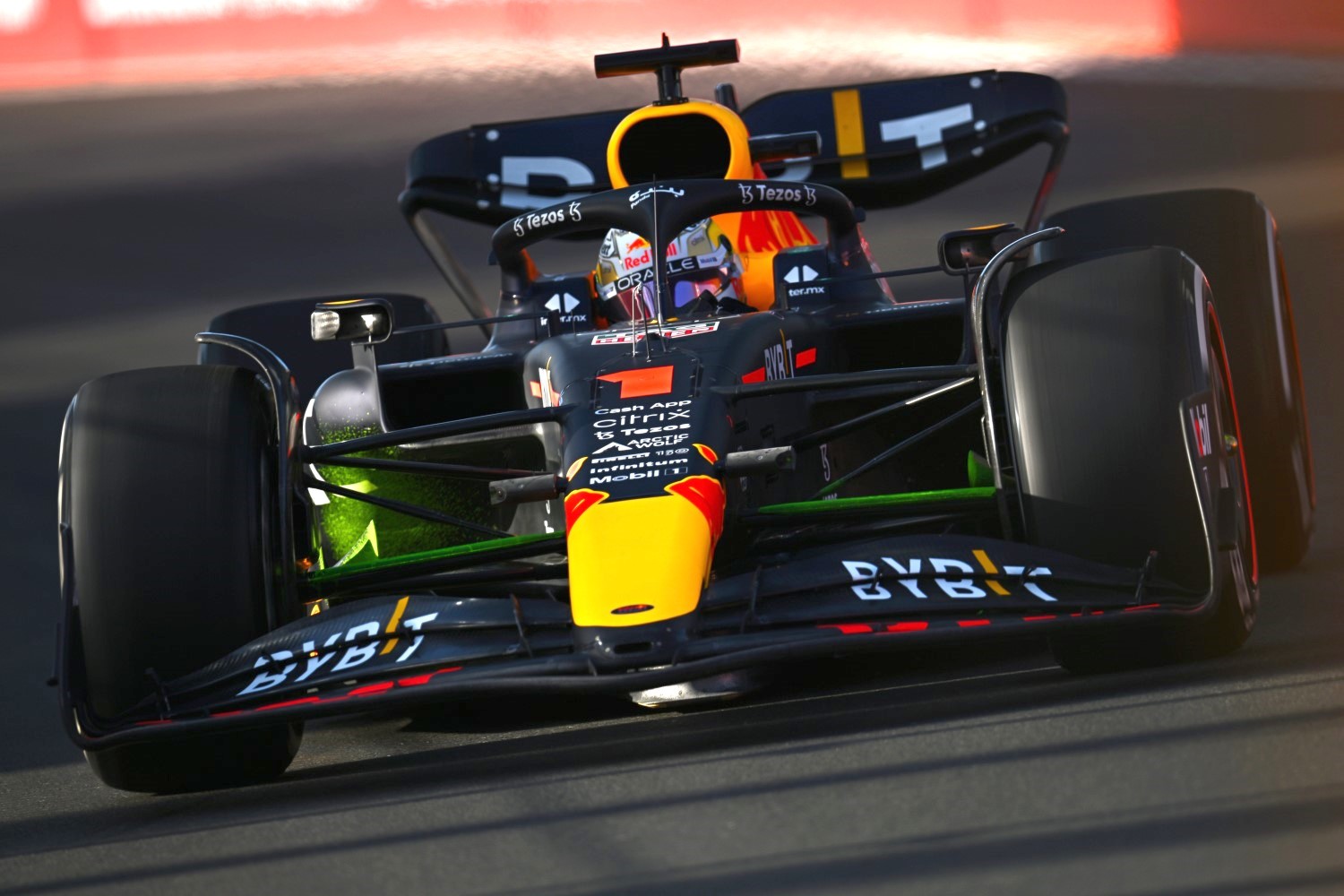
| Driver | $100 Bet Payout |
| Max Verstappen | $115 |
| Sergio Perez | $285 |
| Charles Leclerc | $330 |
| Carlos Sainz | $2000 |
| George Russell | $3000 |
| Lewis Hamilton | $3500 |
| Lando Norris | $10000 |
| Pierre Gasly | $13000 |
| Valtteri Bottas | $15000 |
| Fernando Alonso | $15000 |
| Esteban Ocon | $25000 |
| Daniel Ricciardo | $25000 |
| Yuki Tsunoda | $50000 |
| Sebastian Vettel | $50000 |
| Kevin Magnussen | $50000 |
| Lance Stroll | $60000 |
| Mick Schumacher | $70000 |
| Guanyu Zhou | $70000 |
| Alexander Albon | $80000 |
| Nicholas Latifi | $90000 |
Not Green Enough
Catherine Cadotte, a spokesperson for Montreal Mayor Valérie Plante, said the event remains one that “makes the city shine the most around the world and which thrills the city, its businesses and its cultural institutions.”
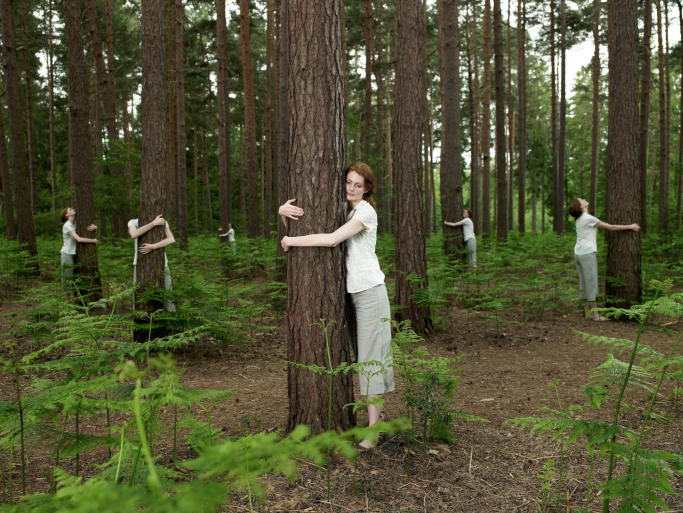
However, the Plante administration continues to pursue the “most ambitious objectives in terms of ecological transition” and, she explained, questions raised around the event’s environmental impact are relevant and necessary.
“It is up to the organizers to explain how they intend to contribute to ecological transition efforts,” said Cadottte. That means they may force the organizers to eventually make the event a Formula-E race.
